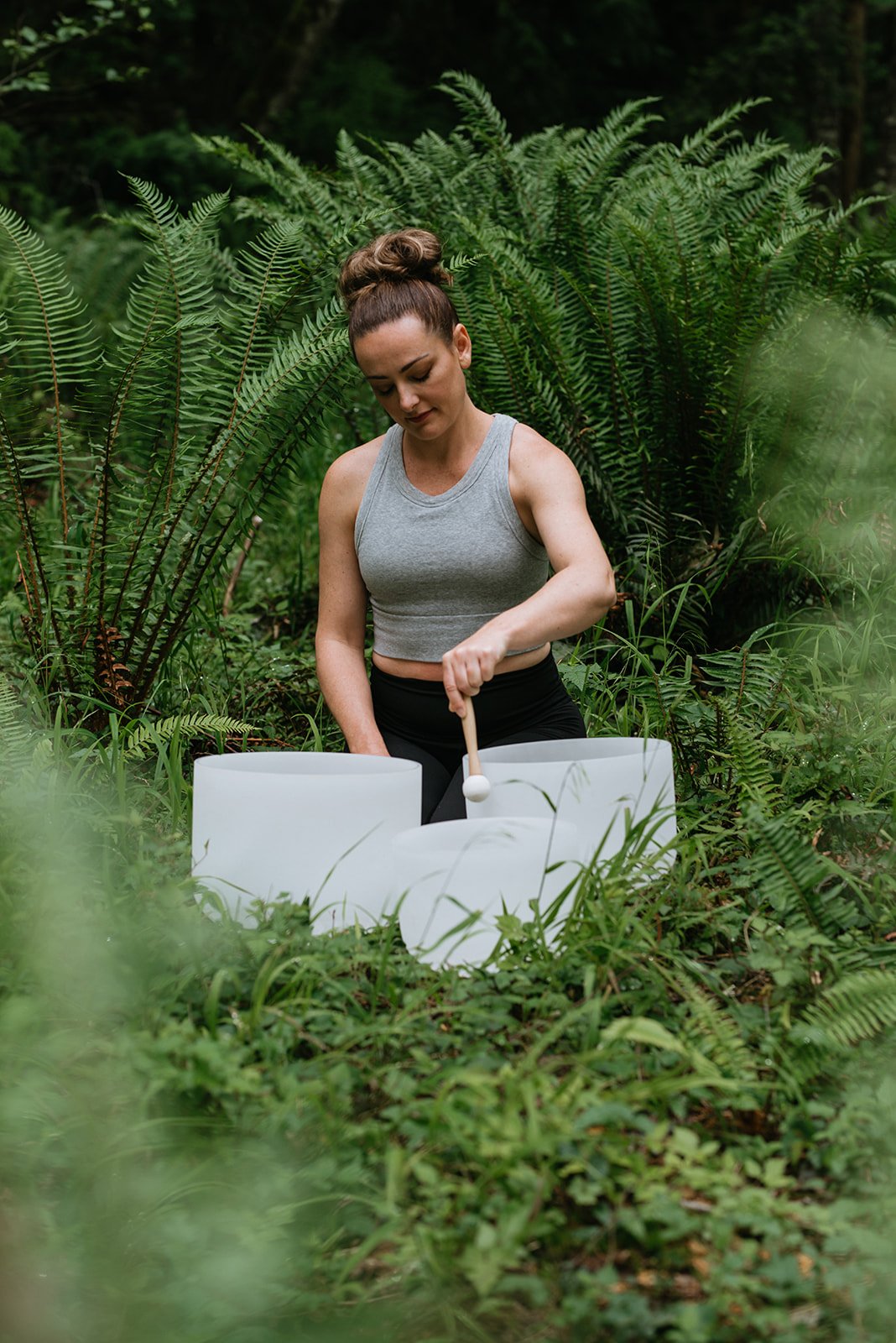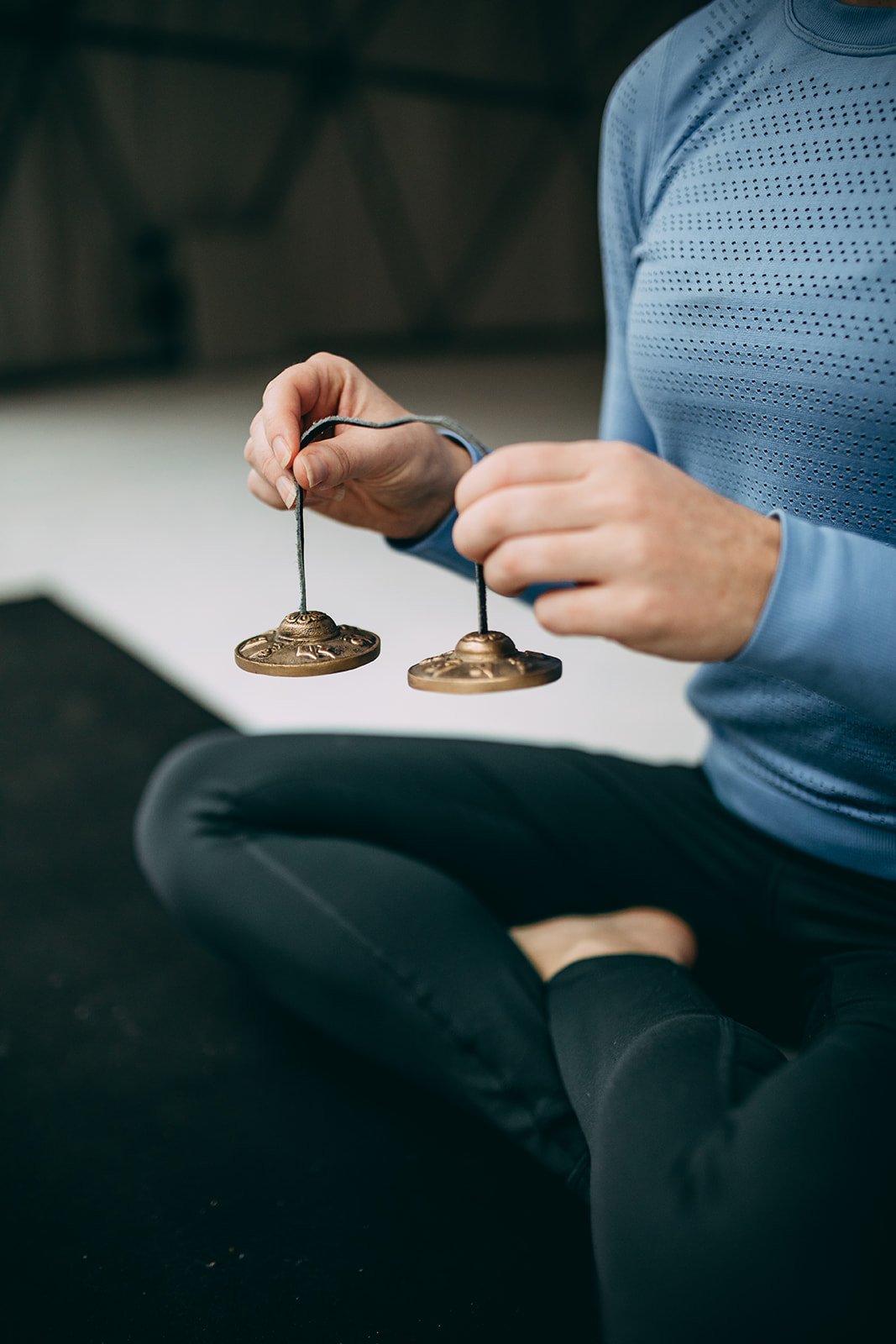What Instruments Are Used?
Any and all instruments can be ultimately used to heal, depending on what resonates with you and what sound you prefer, thus there really is no right answer to this. With that said, there are certain instruments designed and typical for sound healing studios that are worth mentioning:
hand pan
pan flute
chimes
harmonium
tuning forks
singing bowls
tongue drum
gong
harp
It is common for music therapists to use well-known instruments, such as the guitar or piano, for performances as well. More culturally specific instruments, such as the sitar or zither, can also be found depending on where you are in the world.
Your preference in music or what sounds you like to hear often occurs on a subconscious level and may not be something you can rationalize. If you’re interested in finding a sound healing studio or a sound healer to experience the technique first-hand, make sure to ask these questions in the process:
Are there specific types of music you like to listen to?
Are there music genres you are uncomfortable with?
Would you prefer to be moving or meditating while sound healing is happening?
Are there instruments you are more interested in hearing?
Are there instruments you don’t like the sound of?
What Sounds Are Right For You?
Let’s get into the specifics of what sound frequencies can be healing—and for what. This is helpful to know about the Solfeggio frequencies, rediscovered by the physician and research Dr. Joseph Puleo in the 1970s:
432 Hz—the standard tuning for ancient musical instruments pre-20th century, deeply calming and soothing which is best for sleep
528 Hz—ability to heal and repair the body even after just 5 minutes due to its stress reduction power in the endocrine system and autonomic nervous system
396 Hz—helps remove subconscious fears, worries and anxiety by eliminating feelings of guilt and subconscious negative beliefs to help you feel uplifted
639 Hz—balances emotions, elevates mood and promotes communication with harmony and understanding into interpersonal relationships
741 Hz—problem-solving, bodily cleansing and self-expression to awaken intuition and promote simple living to live a healthy lifestyle and express creativity
852 Hz—replaces negative thoughts with positive ones and aids in awakening intuition and inner strength for living in harmony with your highest self
Notice How You Feel
There is no use trying to endure an uncomfortable experience when the purpose is to heal. With that said, brief moments of uneasiness are inevitable in any new experience as humans. An instinctual yes or no is essentially relying on our sympathetic and parasympathetic nervous system. These are slower, gradual insights and realizations that come from a steady mindfulness practice overall.




















